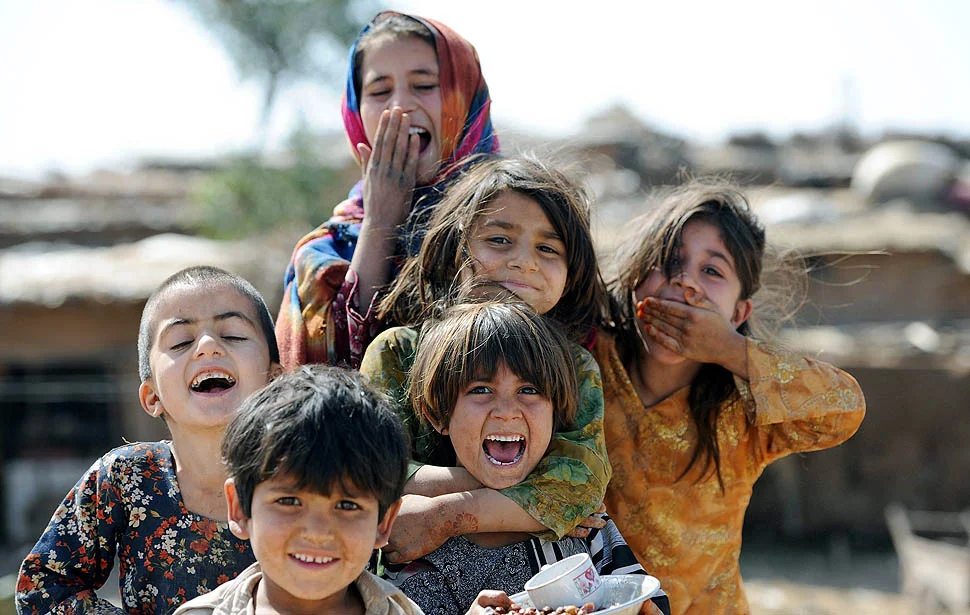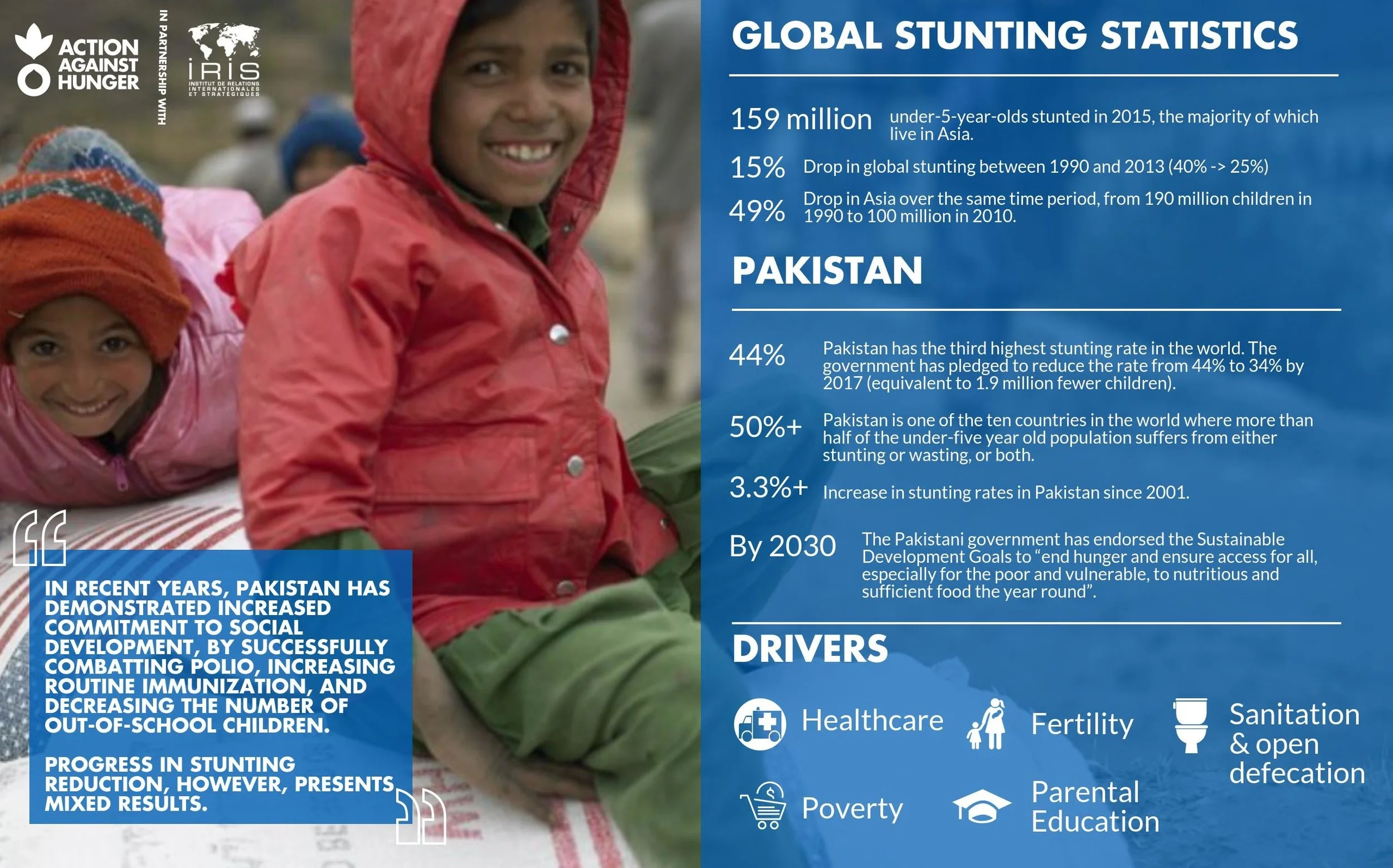Stunting in Pakistan
A TRENDS ANALYSIS OF UNDERLYING FACTORS BY 2030
This report looks at the main factors affecting stunting in Pakistan and how these are likely to change between now and 2030.
Key observations:
The government of Pakistan and its partners in nutrition set the target of reducing stunting prevalence from 44 to 34% by 2017, and to end hunger by 2030 through a holistic approach.
Statistical analyses have established significant relationships linking stunting rates (or child height for age z-scores) to key underlying factors in Pakistan, notably: prenatal care, households’ assets, maternal and paternal schooling, fertility and open defecation.
Contextualizing these factors within their respective socio-economic system shows that serious challenges jeopardize the objective of reducing chronic malnutrition in the country by 2030.
A strategic focus on reducing disparities between genders and improving institutions’ accountability and resource distribution across the country would likely make the most impactful contribution to stunting reduction in Pakistan by 2030.



